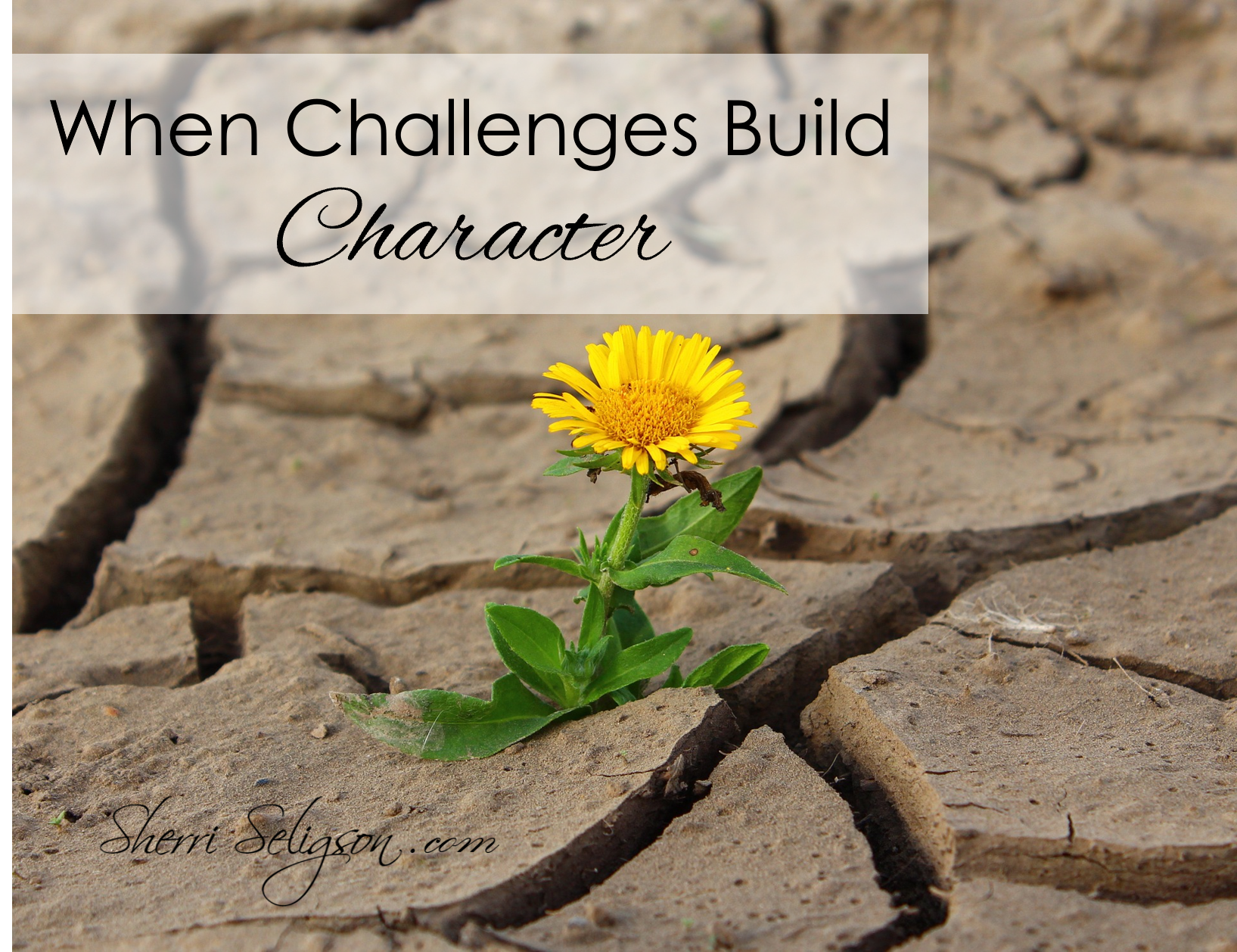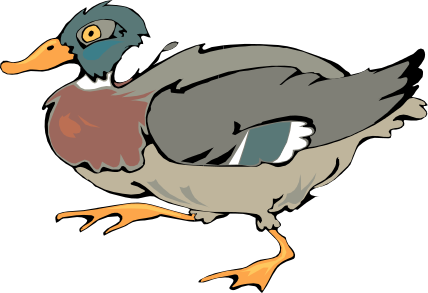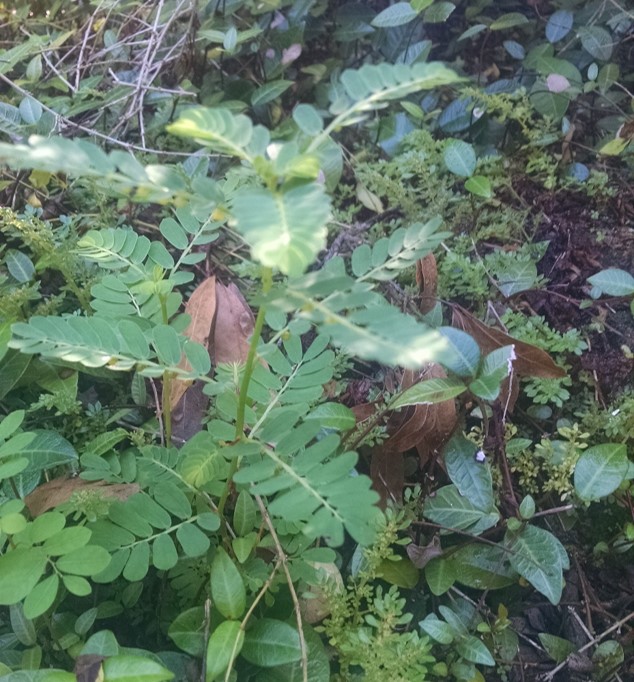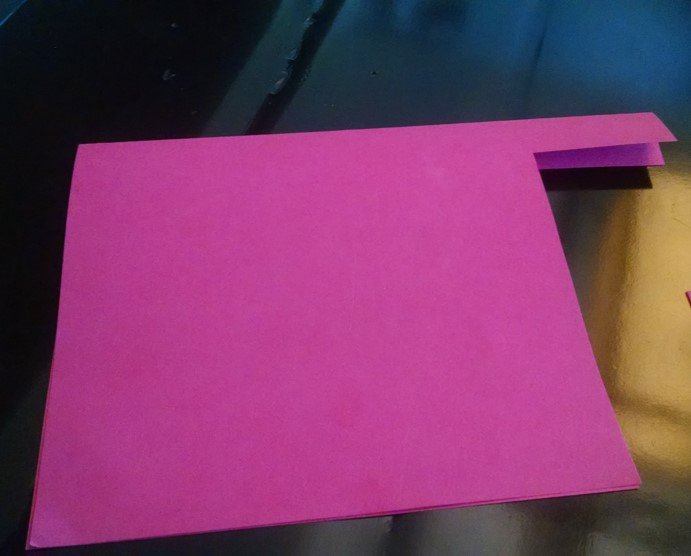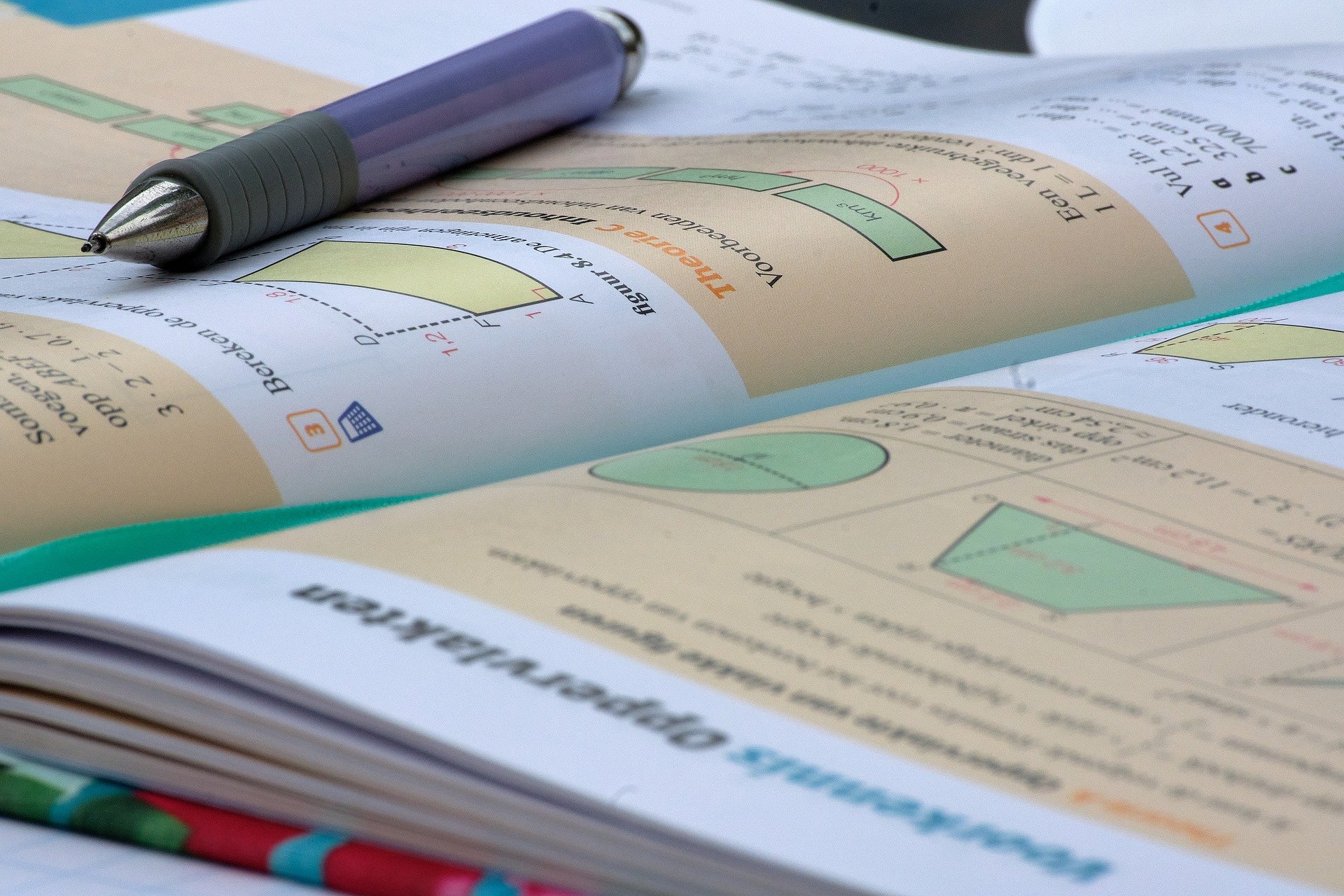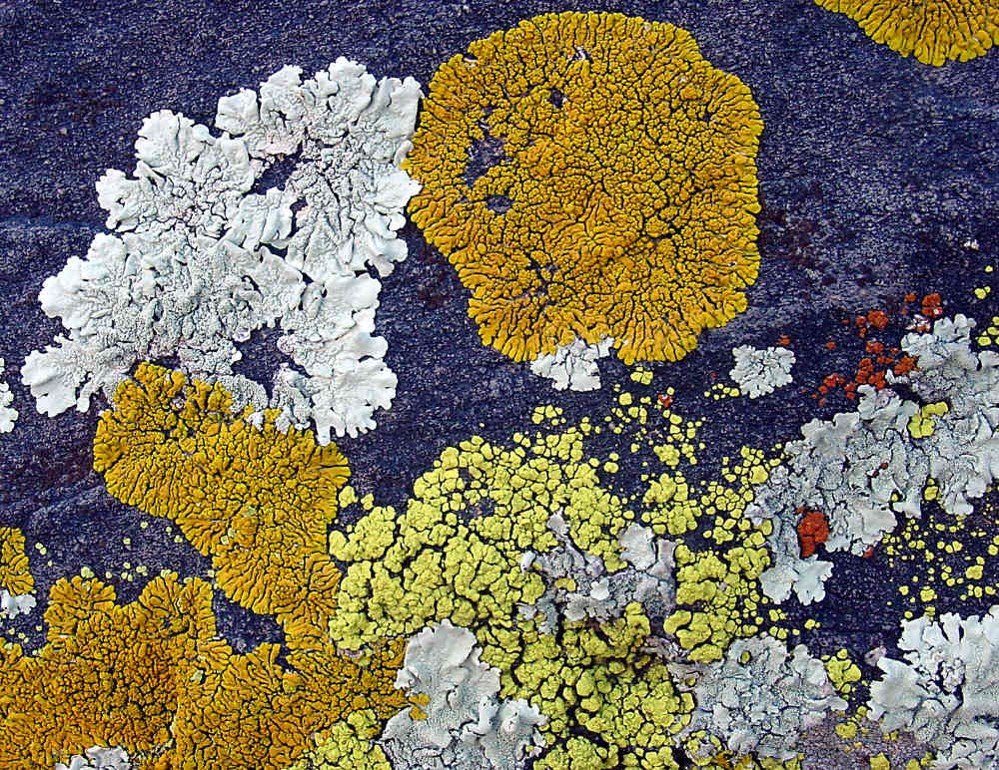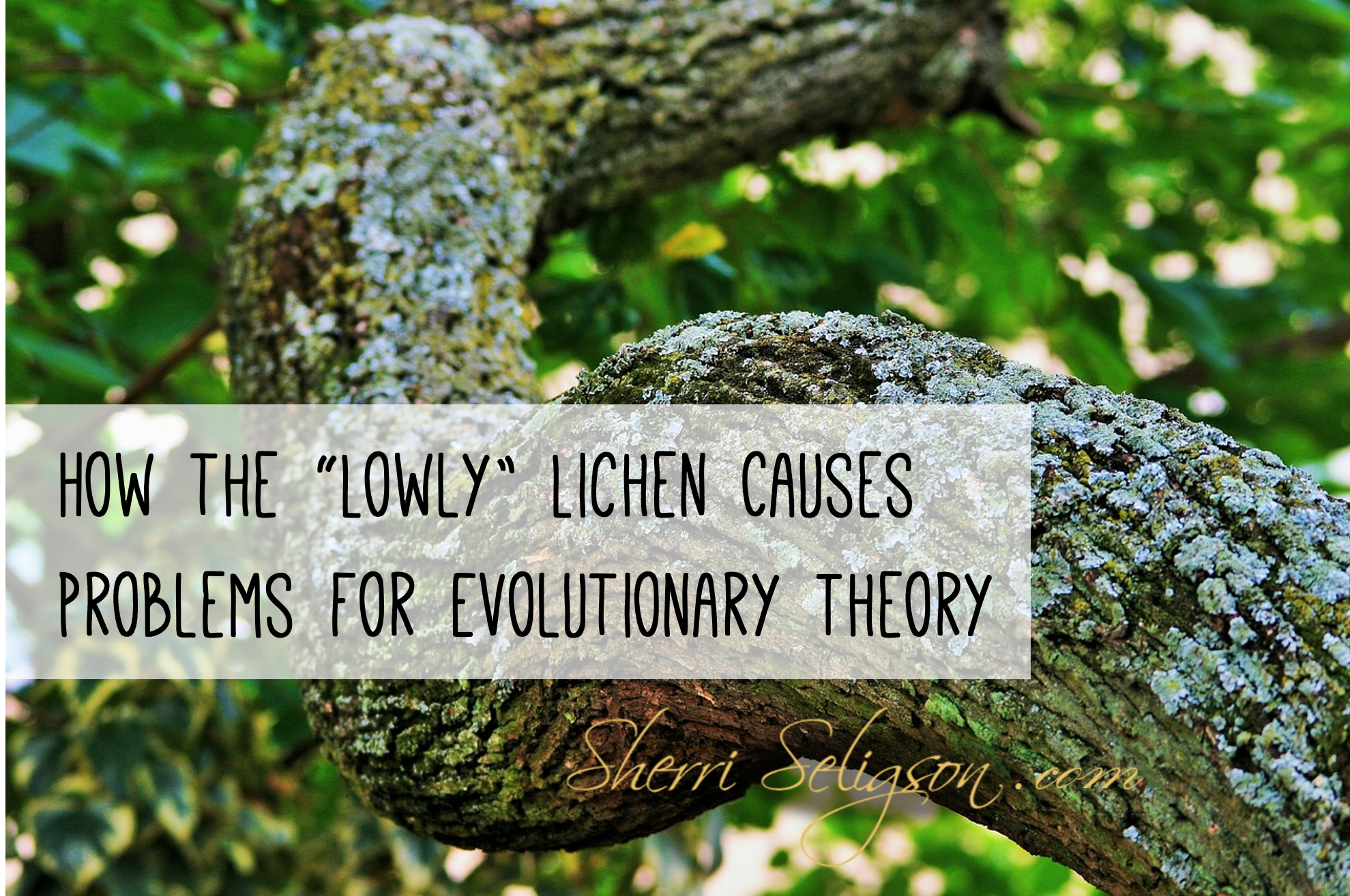
Many of you know that I love science. Science may send tremors down most people’s spine as they hearken back to their high school biology class when they had to dissect a frog or to a chemistry class when they had to memorize the definition of acids and bases. But for me, science is so much more than that. It is a purposeful method of observing the world around us in order to understand it better. And that often helps us to get a glimpse of the One who created it, too. You see, when you look at an object made by a person, say a painting created by Pablo Picasso, you get a glimpse into that person. How he sees the world. His perspective. I can pretty much pick out a painting done by this man because I can see his characteristic fingerprint/ his style. And if you have seen any of his paintings, you may agree with me when I say I believe that Picasso likely viewed the world from a skewed vantage point. His boxy, slanted style was his way of portraying what he saw around him. I’m not an authority on art, but he may have had some weird ideas in his head. I’m just sayin’.
Anyway, when we look to the heavens, we can learn about the God who made them. We can gain a better understanding of his character. After all, God gave us the revelation of his word as well as the revelation of creation. So it would be a good thing for us to study creation, wouldn’t it?

Take a look at Pluto. When I was growing up, Pluto was the outermost of the nine planets in our solar system. It was that little planet that orbited our sun but was the furthest away. However, thanks to advances in telescopic technology, in 2006, Pluto was demoted to a dwarf planet. Why? Well, scientists had discovered many more planetary bodies of similar size to Pluto that also were affected by our sun’s gravitational pull, so they had to either designate all of them to be planets, too, or demote Pluto.
Now Pluto had been a named planet for quite a while, hadn’t it? And we all know that its overall location in our solar system was in the outermost position of all the other planets. Yet it might surprise you to know that it is so far from our sun that it takes Pluto a LONG time to orbit it. In fact, from the time of Pluto’s discovery to the time it was demoted, that planet had not even made it around the sun once! That is because it takes Pluto 247 ¾ Earth years for a single orbit. THAT’s how big our solar system is!
And if it is that difficult for us to comprehend the vastness of our solar system, imagine how big our galaxy is. Our solar system is one of millions of systems within our galaxy. And our Milky Way galaxy is one of millions of other galaxies.
When we begin to comprehend the immensity of our solar system, located in a galaxy with millions of other stars, which is one of millions of other known galaxies that are grouped together in thousands of galaxy clusters, we can only start to understand the power and majesty of a God who in a day placed the lights in the heavens.
Talk about Big Bang…
God said, “Let there be lights in the heavens…” And, BOOM! They were there. All of the millions of stars just like our sun, some even larger and hotter. And each one set in perfect place…with gravitational forces and following other laws that keep the universe together.
In a word it was done. By his breath…..Let that sink in a bit. We have a powerful Creator.
Moreover, this same God who spoke all the heavens into being is upholding them today. If He were to remove His hand, there would be chaos. God did not just make everything and then leave it.

He is upholding all of creation. He is ever present and engaged. Nothing in creation moves or falls or even hiccups without His knowledge. We have an omnipresent Creator.
So as He is keeping all of the movement of the vast universe, we need to be reminded that His eye is lovingly fixed on us, too.
We might think that if God was so busy with taking care of other worlds, shouldn’t we see some neglect in how he manages ours? To keep up with anything as complicated as this, we as people would figure out a way to streamline the work, or else we would mess things up. But find one thing where it is evident that God is hampered by His being. It is pretty evident that He is not. The same God who holds the universe with its every system in the hollow of his hand, causes every flower to grow, feeds every blade of grass, and causes every being to move… is not disabled by the weight of all of his other cares, so that our world is so full of life and held together all the way down to its atoms and smaller. We have a loving and engaged Creator.
In all of the vast universe, we are told that a single sparrow will not fall to the ground without his appointment. That is a comfort to his BIGNESS and to our care because we are of more value to him than sparrows.
So when you look at the skies at night, I hope you are reminded how great our God is. The heavens are a testimony to His power in their creation, His ever-presence as he is upholding everything, and His loving-kindness as He is engaged with every movement we make.






